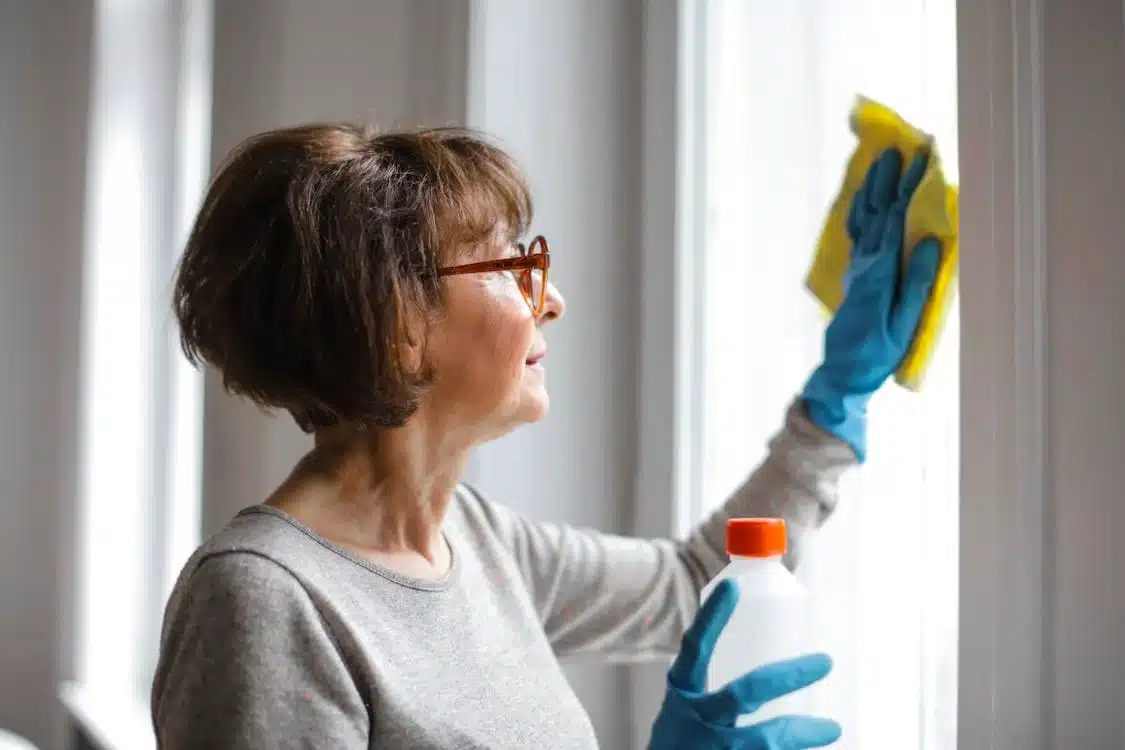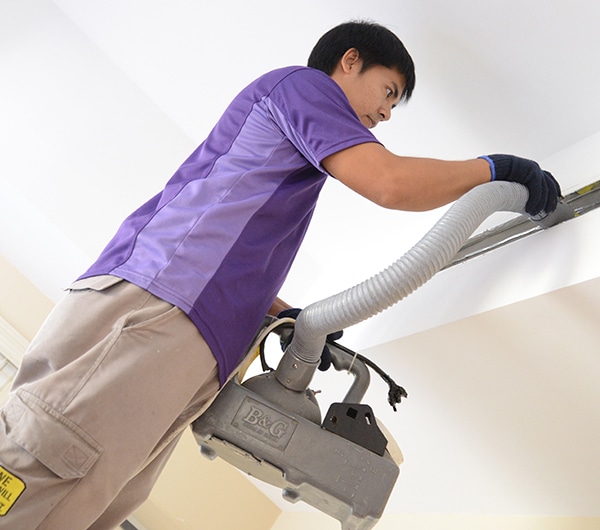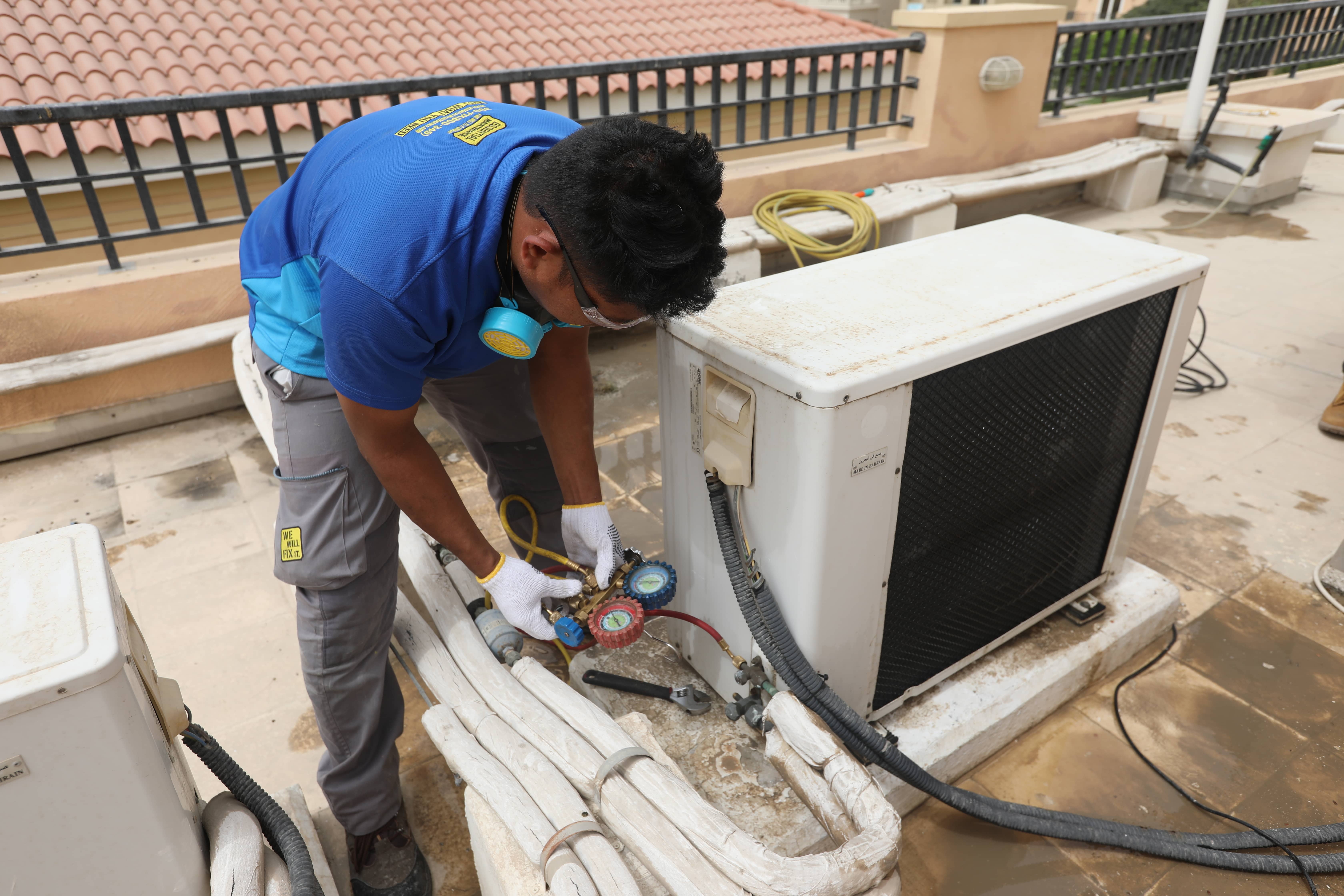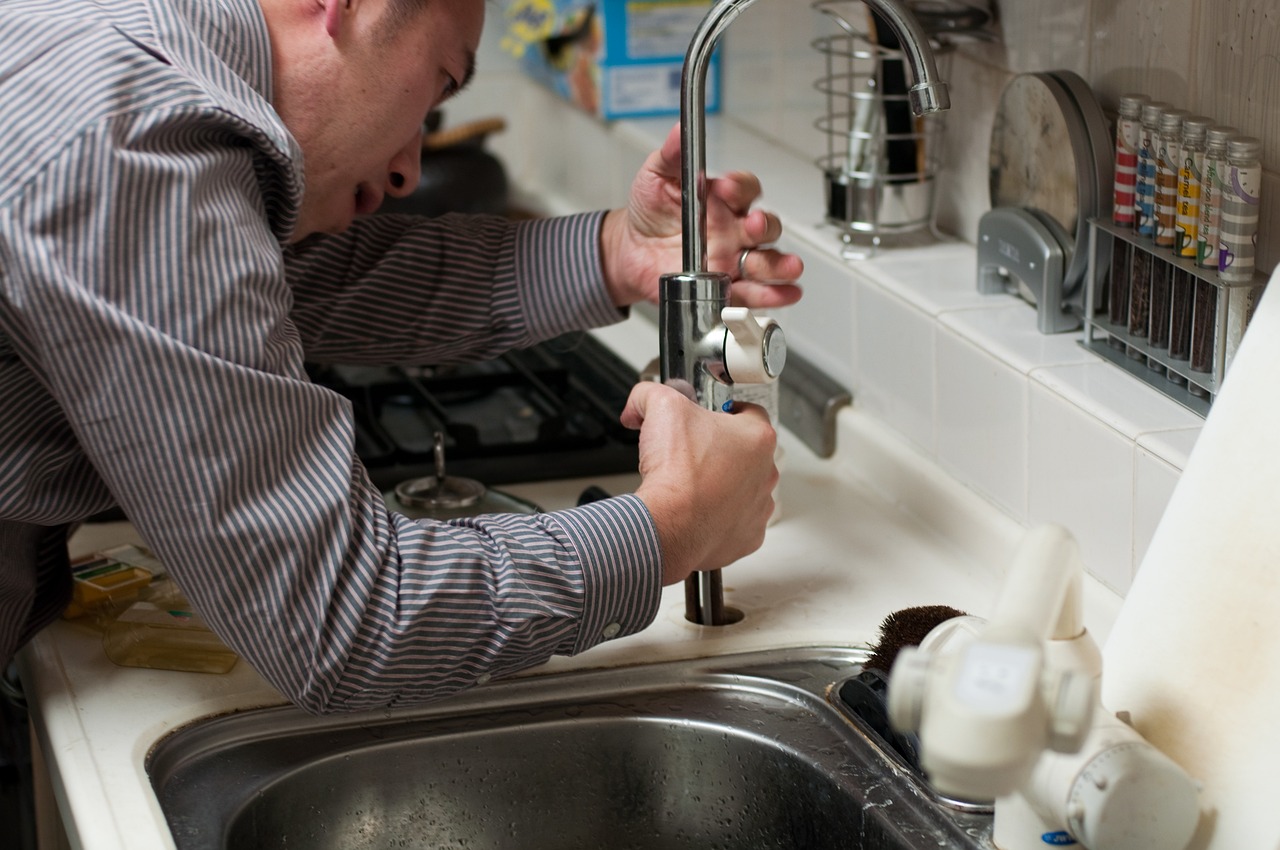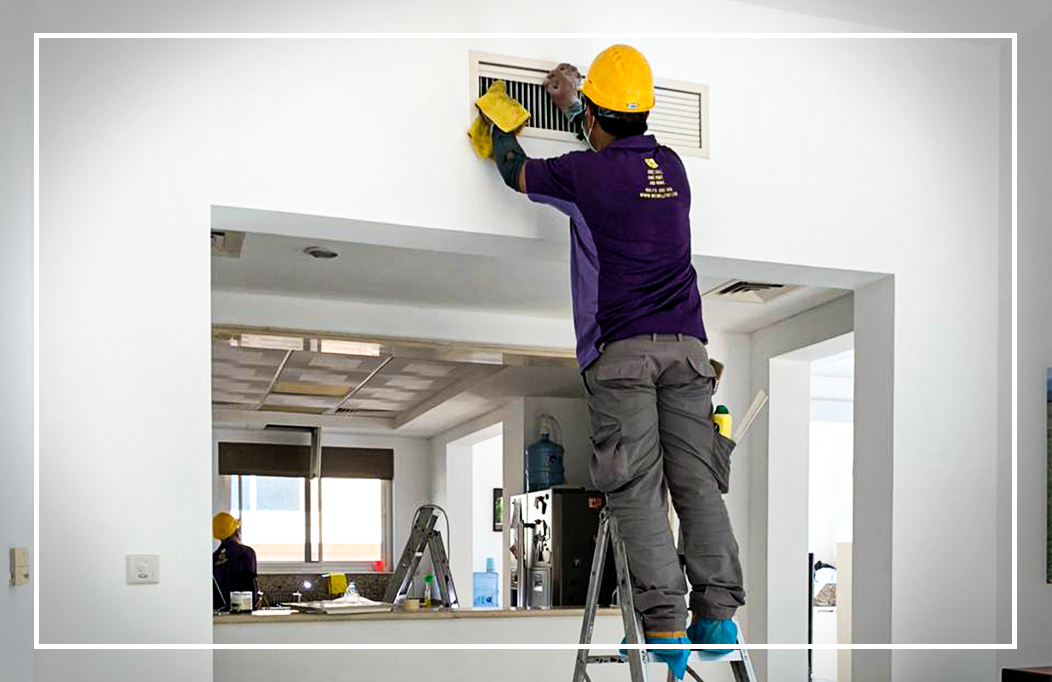Mould and mildew are a common problem in any home, but has become more of a common problem in Dubai following the floods earlier in the year. They thrive in damp spaces and cause more than just unpleasant smells, contributing to serious health risks like:
- Breathing problems
- Allergies
- Hypersensitivity pneumonitis (lung inflammation)
- Aspergillosis – a serious condition among people with weakened immune systems or existing lung conditions
While doctors can help manage these medical conditions, taking preventive measures is still the best way to deal with these problems at home.
This guide provides valuable information on mildew and mould removal to help you keep your home clean and your family healthy.
Mould vs. Mildew: What’s the Difference?
While the terms are often used interchangeably, mould and mildew are not the same thing. In fact, mildew is a term describing specific fungi, including certain types of mould.
They also look and smell differently:
- Mould is raised and fuzzy, with darker green, black, and red colours accompanied by a strong, musty odour.
- Mildew appears as small white or grey dots before turning brown. It has a powdery appearance and a distinct foul odour.
Both thrive on moisture, oxygen, and food and can emerge within as little as 24 to 48 hours if the conditions are favourable. However, only mildew rests flat on the surface. Mould tends to grow inward and upward, causing substantial damage to the walls, ceilings, and other surfaces in your home.
They also have slightly varying effects on human health. While mildew can cause minor respiratory problems, mould produces harmful substances that trigger asthma attacks and allergic reactions.
How to Clean Mould and Mildew
Below are the best ways to clean mould off walls and other parts of your house:
Walls and Ceilings
If you notice mould growth on your walls and ceilings, you must act fast, especially if it emerges on a porous surface (e.g., ceiling tiles).
Follow these steps on how to remove mould from the walls, ceilings, and other surfaces in your home:
- To clean the surface, combine a small amount of dish detergent and water. Using a brush or sponge, apply the cleaning mixture in small circular motions.
- Rinse the affected area and leave to dry completely. Rinse the sponge or brush thoroughly for the next step.
- Apply a mixture of 3/4 cup of chlorine bleach and a gallon of warm water or 3 tablespoons of bleach into 1 quart of water for a smaller area using the same method.
- Leave for five minutes before scrubbing to give the solution ample time to penetrate the surface.
- Rinse with clean, warm water before leaving the surface to dry.
Safety Reminder: Always wear a mask and gloves when cleaning mould, and ensure the area is well-ventilated.
Fabrics
To get rid of mould in clothing, towels, and other stored fabrics, start by gently brushing off the loose mould. Use a dry brush, cloth or paper towel and do it outdoors. Remember to wear protective gear.
Apply a drop or two of liquid laundry detergent on your gloved fingers and rub it into the affected area. Wash the clothing in warm water (choose the hottest setting safe for the fabric) and use bleach (chlorine or non-chlorine). Check the item’s care label to be safe.
Do not tumble dry fabrics until you’re 100% sure all the mould spots have been removed. Also, remember to take dry-clean-only pieces to your dry cleaner for thorough cleaning.
Bathroom and Shower
Wear your protective gear (goggles, gloves, and mask). Spray a mould remover or grout cleaner on the affected area and let it sit for about five minutes or until the mould stains disappear.
Set your handheld shower to the hottest setting, or fill a cup with hot water and use it to rinse the walls, grout, and curtain liner. Leave the shower curtain or door open halfway to air dry the bathroom.
Pro Tip: You can also apply your preferred homemade mould remover using a spray bottle. Proven options include undiluted white vinegar, clove or tea tree oil and water mixture, and straight vodka.
How to Get Rid of Mould and Mildew for Good
Unless you take preventive measures, mould and mildew can reappear no matter how thoroughly you clean them. To make sure this doesn’t happen, keep in mind the following tips:
Dehumidify the Room
To prevent mould growth, the humidity inside a room must not exceed 50 per cent. If it goes beyond this, you can use dehumidifiers to get rid of excess moisture in the air.
If the space measures 500 square feet, you can use just one dehumidifier with a 10-pint humidity removal capacity. You can upgrade that to have an additional four pints for every 500 square feet of additional space.
Pay Attention to Your Clothes Dryer
Remember to clean your clothes dryer regularly. While its surface isn’t porous, some components, like the dryer vent, may have mould build-up from condensation.
However, you should never pour chemicals into it. Instead, use old towels or wet rags moistened with a bleach solution to wipe down the interior drum, door seals, gaskets, and dryer exterior.
Air Out Your Bathroom
Cracking open a window can help your bathroom exhaust fan eliminate excess moisture during and after a shower.
It also helps if you partially stretch out the shower curtain so it dries faster while promoting air circulation with the half-open side.
Have a Professional Check Your AC
Your AC cooling system can also affect the humidity inside your home. Fortunately, reliable home AC service providers like We Will Fix It can help with this.
During installation, we can help ensure that your system is sized and working correctly to reduce humidity. We can also check the duct system for possible air leaks and maintain proper airflow to every room in the house.
Repair Leaks and Seepage ASAP
Mould and mildew are often telltale signs of a leak. In other words, fixing the source of the leak or seepage can also solve your fungi problem.
Gutters and drain pipes are common areas where leaks occur, so inspect your home regularly.
In case of seepage, check whether the ground doesn’t slope away from your home. If this is indeed the case, the solution can range from straightforward landscaping to extensive waterproofing and excavation.
Maintain a Mould-Free Home
A mould-free home enhances air quality and protects your family’s health.
Stay vigilant and incorporate these strategies into your routine for a fresher, safer living space. Visit our home maintenance tips page to get more information on how to stop mould in its tracks.
Need help with more than a mould problem?
Talk to us for expert repair, installation, and maintenance services around your home.




